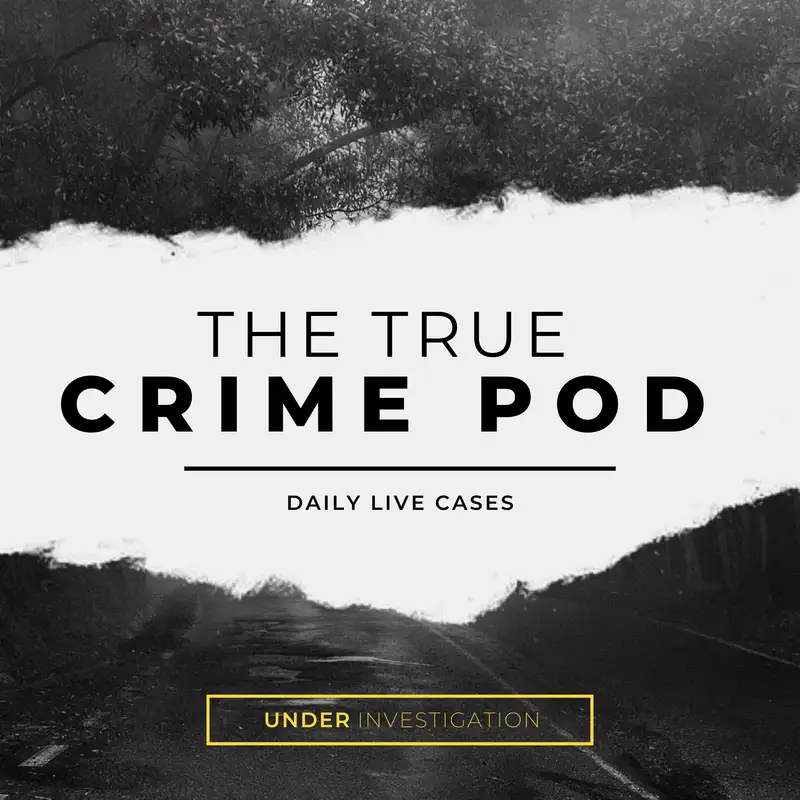
🚨 Behind the Gilded Facade: A Descent into Darkness
Imagine peering through a sun-drenched window of a sprawling, verdant estate that appears undisturbed. The serene facade is abruptly shattered by the sight of a lifeless figure. This is how the tragic discovery of Gene Hackman, his wife Betsy Arakawa, and their beloved dog unfolded—a case shrouded in mystery and complexity.
Welcome to The True Crime Pod, where each week we delve into the most riveting and puzzling cases. I'm your host, Ian. Before we begin, a brief warning: today's episode includes details that some listeners may find disturbing, as it involves discussions of death and sensitive topics. Listener discretion is advised.
The Hackman residence was a stately green stucco mansion that seemed to encapsulate peace and tranquility. A place where the illustrious life of Gene Hackman, the iconic actor beloved by many, seemed to merge seamlessly with the quiet elegance of his surroundings. His wife, Betsy Arakawa, a prominent personality in her own right, shared this idyllic life, often seen enjoying the simple pleasures of their community. Together they formed a picture of contentment, until that fateful day.
As the investigation began, deputies were met with an unsettling scene. The front door—slightly ajar—prompted questions of a disturbance, yet there was no sign of forced entry, no chaos within. The home, valued at an astounding three million eight hundred thousand dollars, seemed to hold its secrets close. These early observations only deepened the air of enigma surrounding the case.
The story took a darker turn with the discovery of Betsy Arakawa. Found lying peacefully on her side, her attire ordinary, yet the context anything but. A black space heater positioned nearby sparked initial speculation, though its significance remained unclear. Scattered pills and a prescription bottle hinted at a deeper narrative—a potential shadow cast on the lives so famously public.
Gene Hackman, discovered near the kitchen, adorned in familiar comfort attire, presented more questions than answers. The mummified state of their bodies suggested an unnerving timeline of nine days—days where life outside continued as usual, unbeknownst to the tragedy within.
A significant twist emerged as the autopsies revealed no external trauma, no immediate answers to quench the thirst for clarity. The revelation shifted focus—what led to such an unceremonious end for these celebrated figures?
As efforts intensify, experts scrutinize every detail. The toxicology reports, still pending, hold the promise of closing gaps in the narrative. Speculation resurfaces—were medications involved, or was there an undetected intruder? Each theory adding layers to an already intricate mystery.
Journalists and analysts are scrambling for answers, exploring family dynamics, potential stressors, and the shadow life of the rich and famous. With insights from the likes of Joshua Ritter and Dr. Bethany Marshall, the community is left in anticipation of revelations that might illuminate the lingering darkness.
Still, one must ponder the deeper implications. What does this tell us about the human condition, about privacy within fame? As listeners, we're left to reflect on the fragility of life, the facades we maintain, and the vulnerabilities that sometimes lie beneath glittering veneers.
If you or someone you know is struggling, please reach out to resources that offer support and guidance. As always, please consider subscribing to our podcast on all major platforms, and visit thetruecrimepod.com for more in-depth information. Stay safe, stay observant, and until next time, this is Ian, signing off.